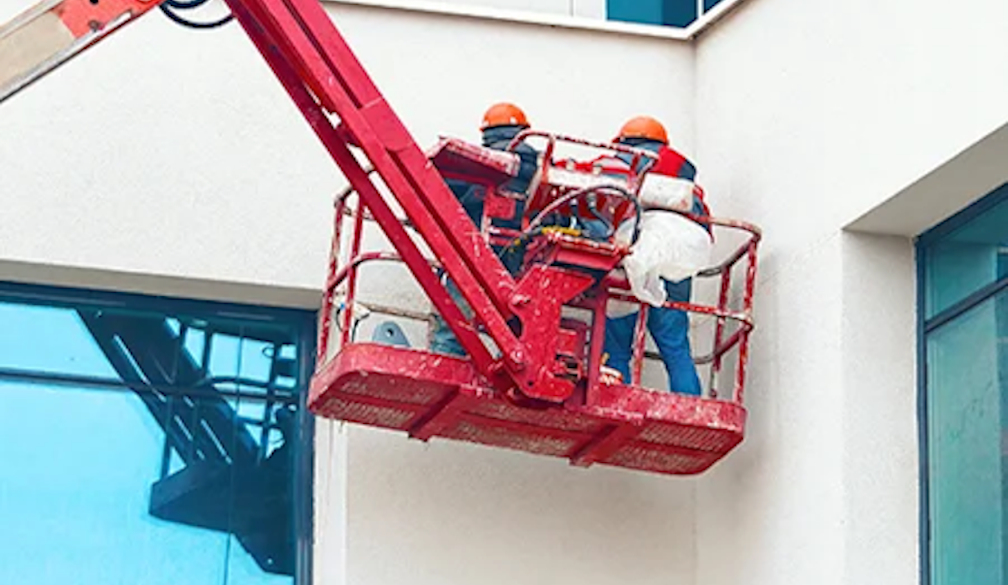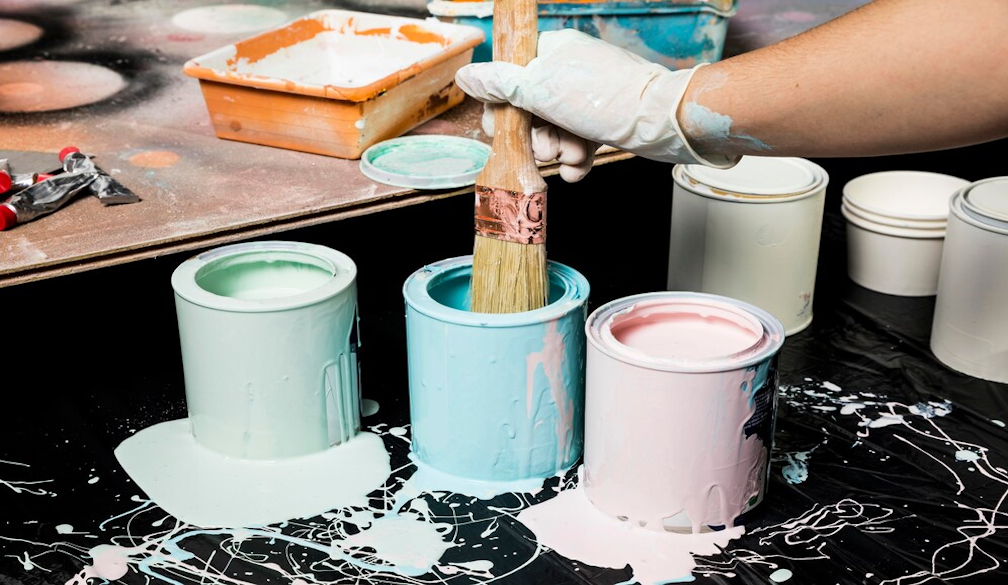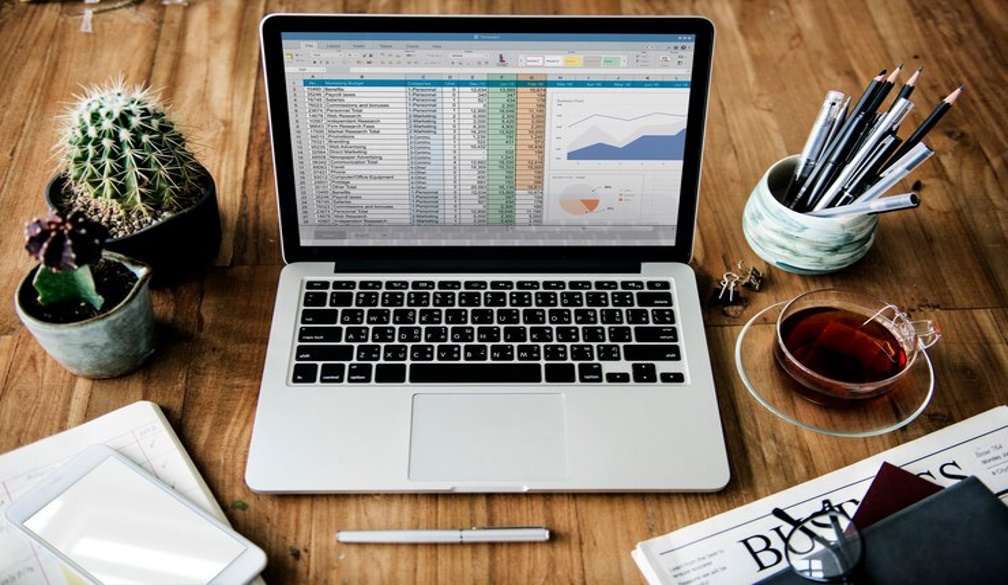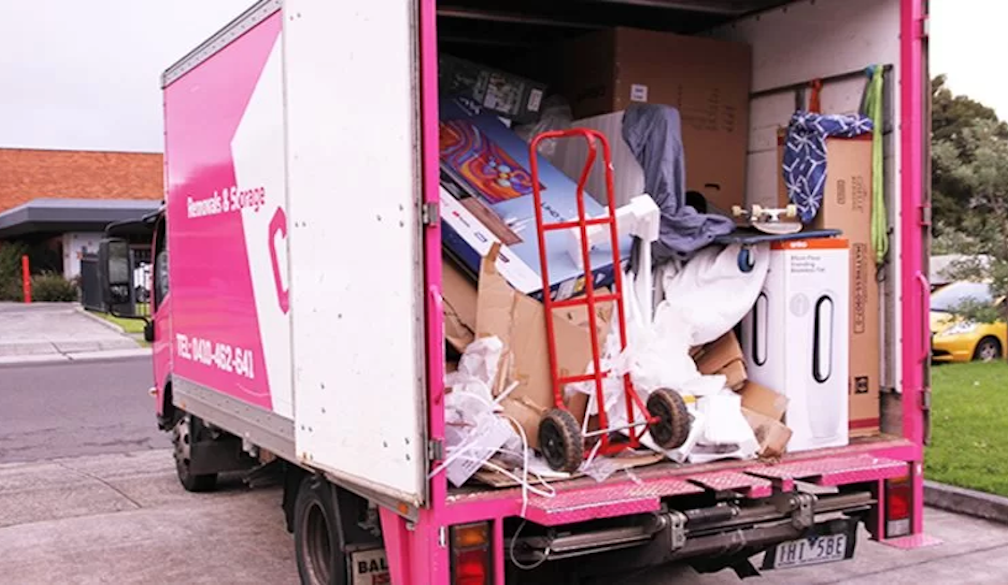How to Ensure Minimal Disruption During a Commercial Painting Project
- Written by The Chronicle

Undertaking a commercial painting project is a significant investment in your business’s appearance and maintenance. However, it’s essential to manage this process effectively to minimise disruption to your daily operations. Whether you’re updating the look of your office or refreshing your retail space, here are some practical tips to ensure minimal disruption during your commercial painting project.
-
Plan Ahead and Communicate
Effective planning and communication are key to minimising disruption. Start by consulting with professional commercial painters in Melbourne to discuss your project’s scope and requirements. A detailed plan should include the project timeline, specific areas to be painted, and any potential impact on your operations.
Communicate with your employees and clients about the upcoming project well in advance. Provide clear information on what to expect, including any areas that may be temporarily inaccessible. This preparation helps manage expectations and reduces the likelihood of surprises during the painting process.
-
Choose the Right Time for the Project
Timing is crucial for minimising disruption. Work with your chosen commercial painters in Melbourne to schedule the project during off-peak hours or low-traffic periods. For example, if you operate a retail store, consider scheduling the painting work during evenings or weekends when the store is closed.
In office settings, weekends or holiday periods may be ideal. Scheduling the work during these times reduces the impact on daily operations and allows the painters to work more efficiently without interruptions.
-
Prepare the Workspace
Proper preparation of the workspace can significantly reduce disruption. Clear the areas to be painted of any furniture, equipment, or other items. If possible, relocate these items to a different part of the building or store them safely off-site.
Ensure that the workspace is well-ventilated to minimise any potential fumes or odours. The commercial painters in Melbourne should use low-VOC (volatile organic compounds) paints to further reduce any impact on indoor air quality.
-
Implement Safety and Access Protocols
During the painting project, safety and access protocols are essential. Establish clear pathways for painters to move around the workspace without obstructing daily activities. Use signage to indicate areas under construction and to guide employees and clients around these zones.
Ensure that all safety measures are in place, such as barriers and warning signs, to protect both the painters and anyone else in the vicinity. By maintaining a safe and organised work environment, you can minimise disruptions and potential accidents.
-
Monitor Progress and Address Issues Promptly
Keep track of the project’s progress and maintain open lines of communication with the painting team. Regular check-ins allow you to address any issues or concerns promptly. If there are any changes or unexpected delays, having a proactive approach helps in managing the impact on your business.
Having a designated point of contact between your business and the commercial painters in Melbourne can streamline communication and ensure that any problems are resolved quickly and efficiently.
-
Consider Noise Reduction Measures
Painting projects can be noisy, which may disrupt your business operations. To mitigate this, discuss noise reduction strategies with your painting contractor. They might use quieter equipment or work in stages to minimise noise levels during critical times.
Providing noise-cancelling options, such as white noise machines or headphones for employees, can also help manage the impact of noise during the project.
-
Plan for Clean-Up and Final Inspection
After the painting is complete, ensure that a thorough clean-up is conducted. This includes removing any paint splatters, disposing of waste materials, and returning the workspace to its original condition. A clean and organised environment helps minimise any further disruption and allows your business to resume normal operations smoothly.
Conduct a final inspection to ensure that the work meets your expectations and that all areas are adequately addressed. Address any touch-ups or final adjustments promptly to ensure a satisfactory outcome.
Conclusion
Ensuring minimal disruption during a commercial painting project involves careful planning, effective communication, and coordination with professional commercial painters in Melbourne. By scheduling the work at a suitable time, preparing the workspace, and implementing safety and noise reduction measures, you can achieve a successful painting project with minimal impact on your business operations. With these strategies, you can enhance the appearance of your commercial space while maintaining a smooth and efficient work environment.









